But before the main cave, let me introduce what might be Costa Rica's newest known cave, Cueva Scouser. Warren Roberts found this rather short cave near the main bat cave and we mapped it. Not too much going on inside but it had about 40 bats, with 30 of them being Carollia perspicillata and the others one of the Glossophaga species. Note that these IDs are based on me being able to observe the bats from quite close but not handling and keying them out. Both of these genera of bats have a couple very similar species.
|
Costa Rica doesn't have an enormous amount of limestone topography, the usual place for caves, but it has some and there are some pretty cool caves here. However, the cave-loving bats have to use whatever they can find in areas without many caves, and we were able to visit a sea cave with one of the largest cave bat populations in the country. This cave is pretty far from where one would look for caves and an unusual bat cave. But before the main cave, let me introduce what might be Costa Rica's newest known cave, Cueva Scouser. Warren Roberts found this rather short cave near the main bat cave and we mapped it. Not too much going on inside but it had about 40 bats, with 30 of them being Carollia perspicillata and the others one of the Glossophaga species. Note that these IDs are based on me being able to observe the bats from quite close but not handling and keying them out. Both of these genera of bats have a couple very similar species. The big bat cave isn't much of a cave. It is a sea cave in a highwall of rock along the Pacific Ocean and apparently doesn't get enough pounding from the sea to evict the bats. Total length is only about 70 meters of linear passage. There is a spit of sand that comes right to the entrance, so no wading or swimming to get to the cave, but... After passing the constriction where Don McFarlane was in the last photo, the cave is all walking passage. Still kinda wet though, and the smell quickly gets quite awful. The bats are high up in a fissure at the back end and, well, it is a fairly unpleasant place to be. The floor is 18 inches of... Sorry about the quality of the last photo. It looks great on my computer but lousy as an upload to the blog. And let us not forgets the other animals that love a good bat cave. There are hundreds of giant cockroaches on the floor. I ended up with them up my pants and even in my pockets finding them later. Gotta love those big cockroaches to work in tropical bat caves. So, back to the bats. There were quite a lot of them in the cave, all up high in the top of a thin fissure. Hard to get a photo showing the colony for a number of reasons, such as their location, the hot and humid cave environment fogging the camera lens, and well let's just say that is was raining bat pee and poo down on me and the camera which is an understatement. But I managed to get a good shot of them. Here is another shot, taken later in the evening after some had already left the cave for the night, but a wider angle of the roost. Coming out of the cave I took a photo of my boot. Well, you can't see my boot at it is under some really horrible stinky sludge. I love working with bats but sometimes it can be less than optimal. However all this seems, I do have to say that when coming out of the cave it is quite an attractive site. The sky and the rock make a pretty neat composition.
0 Comments
I always liked this photo I took quite a few years ago and have scanned from a photographic slide. It shows Jim "Crash" Kennedy rappelling down the 200-foot entrance drop in Cueva Infierno on the Camotera Plateau just outside of the little town of Laguna de Sanchez, Mexico. It was a pretty pit and has a large colony of rare nectar bats in it which we were there to study. And no, he didn't drop something, that is his pack tethered on a rope just below him. Having a heavy pack full of scientific equipment on your back can throw you off balance on rappel so having it on a short leash below you is much easier.
Camping in the cockpit karst of the Dominican Republic needs one thing...water. So much of the area is under-drained that you can walk a long way before finding surface water. But, when on a caving expedition, just find the nearest stream cave! We camped quite close to Cueva Llanada Grande, and there is a Los Haitises National Park outpost nearby as well, because of this clean running water. And it is only a few hours hike from the nearest road.
Notice that this passage would be a crawlway, or even end here, if not for the stream downcutting through all the sediment.
If you are unfamiliar with this rather odd activity, you can google extreme ironing and see some photos. Yesterday I took this photo of extreme ironing at the Natural Bridge in Butler Cave, Virginia. And yes, the shirt came out great.
This cockroach nymph was seen in Fruit Bat Cave, Mulu, Malaysia (Island of Borneo). This cave is either in, or near the boundary for, Gunung Mulu National Park, and is a fairly recent discovery. Not super big by Borneo cave standards, but a nice cave with some interesting bits in it.
Of note, this cockroach seems to have no eyes. D. Scott Jones in a low-ish airspace crawl in Cueva Llanada Grande in the cockpit karst of the Dominican Republic.
Would you follow those boots down that passage? Could you? Well, I followed them and still do, as that is Jennifer Christenson in a side passage beyond Penn State Lake in Butler Cave.
About a mile into the cave (it has over 17 miles of passages) you come to a place known as The Showers. Clean, cool water rains down from above and you can wash up a bit, while the floor is a giant mud hole getting slime everywhere.
After six rope drops, the longest being about 150 feet, one reaches the stream trunk in Run to the Mill Cave. Some ways down the stream a side passage leads to this rather amazing formation.
|
AuthorKeith Christenson - Wildlife Biologist Categories
All
Author
Keith Christenson Wildlife Biologist Archives
September 2021
|
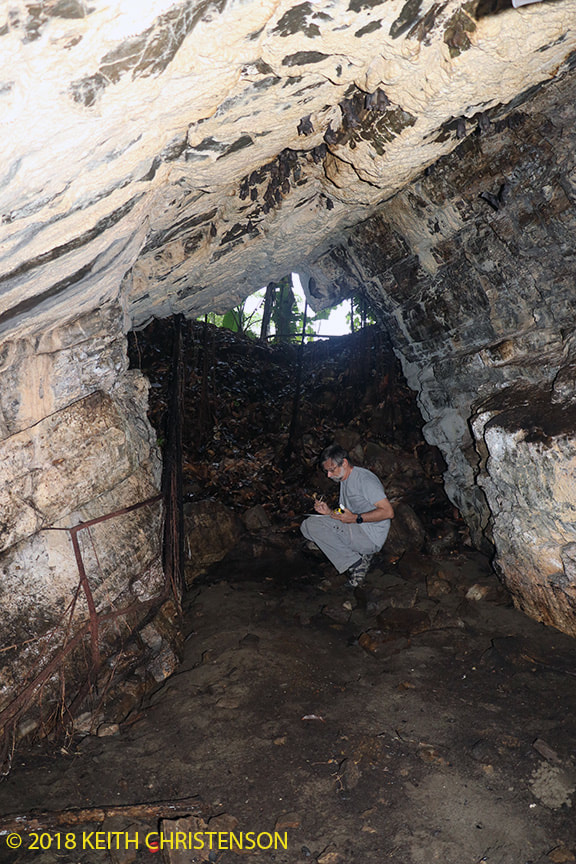
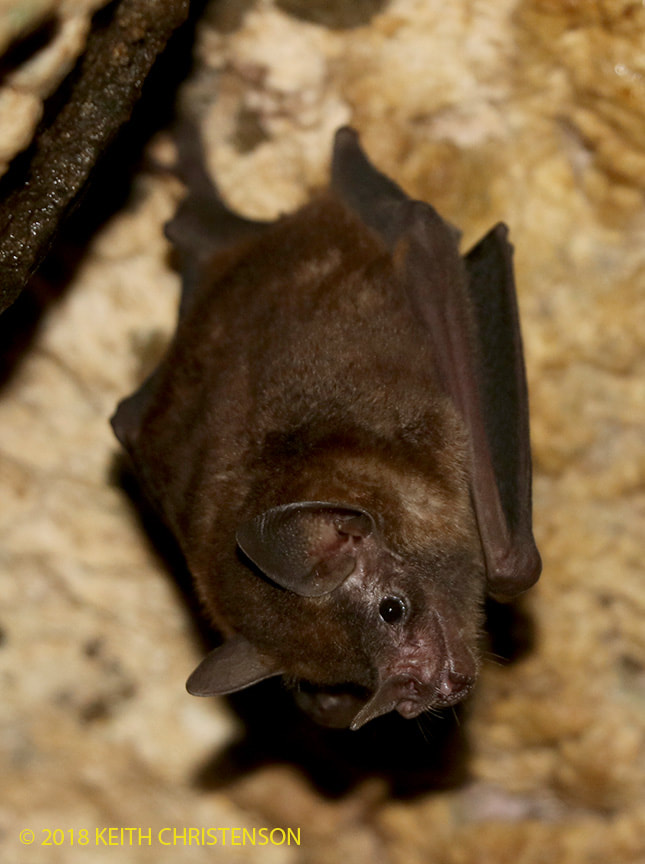
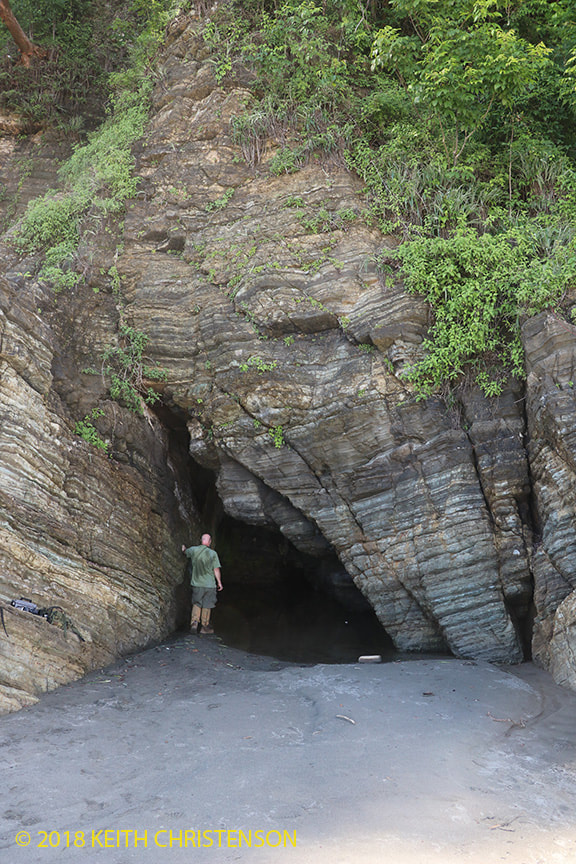
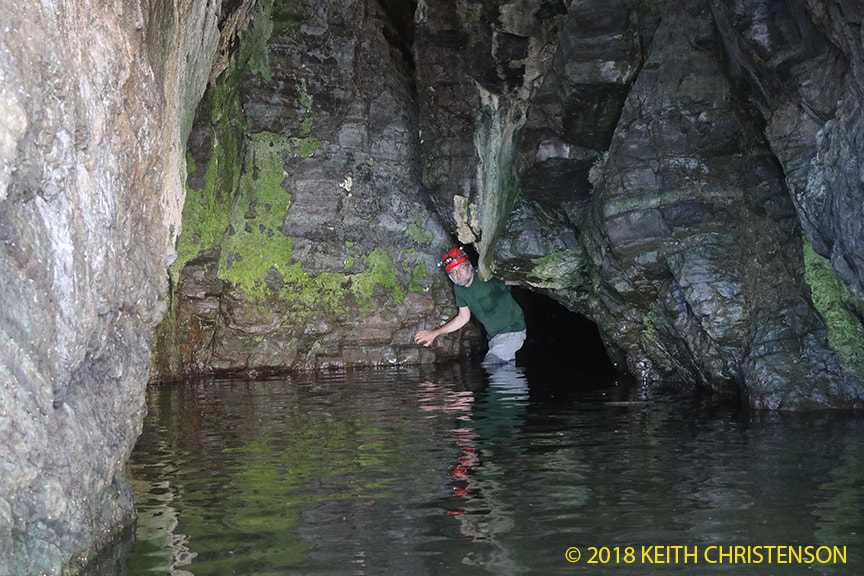
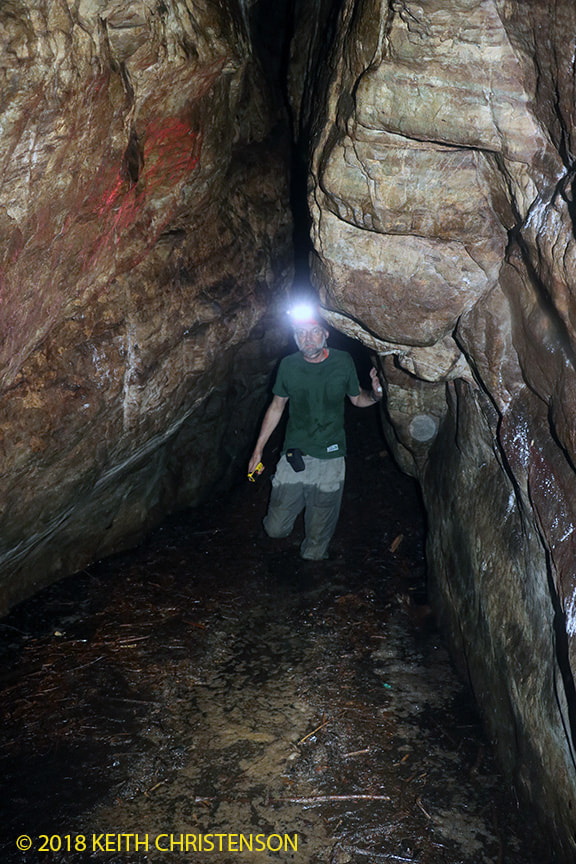
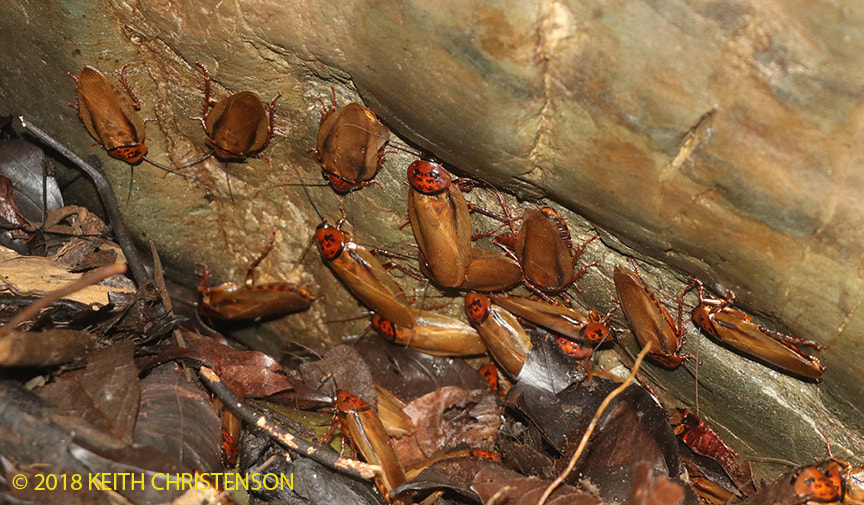
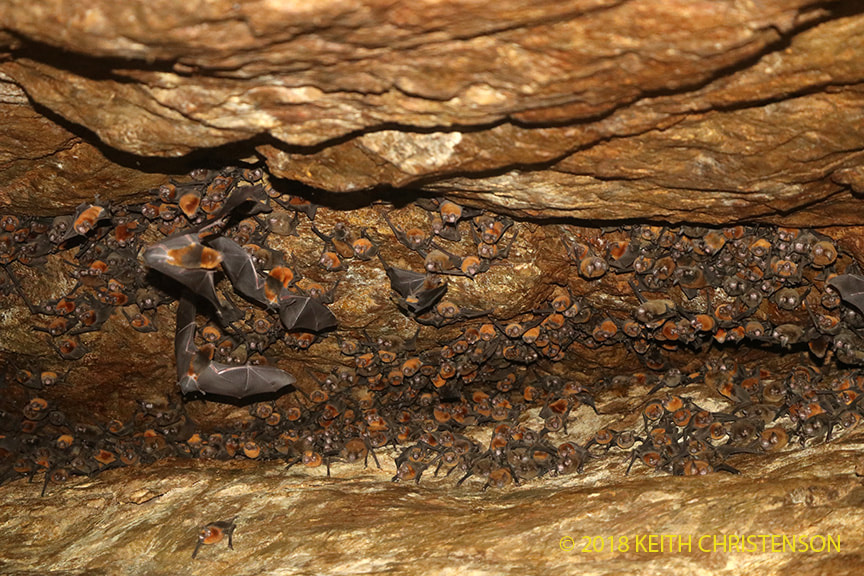
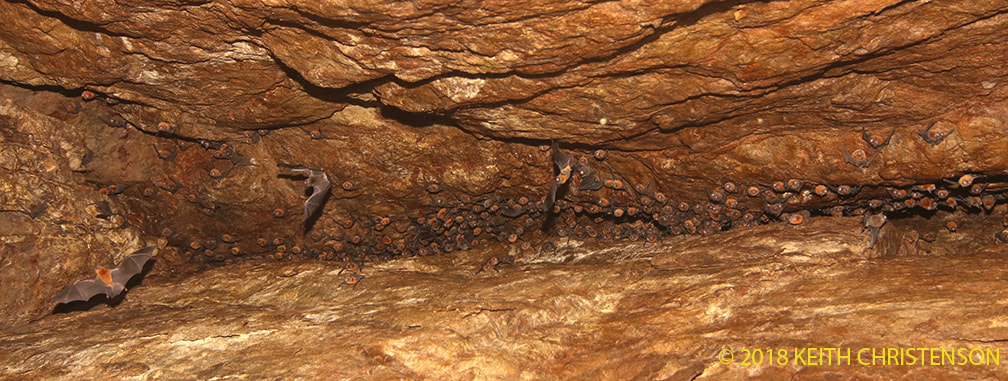
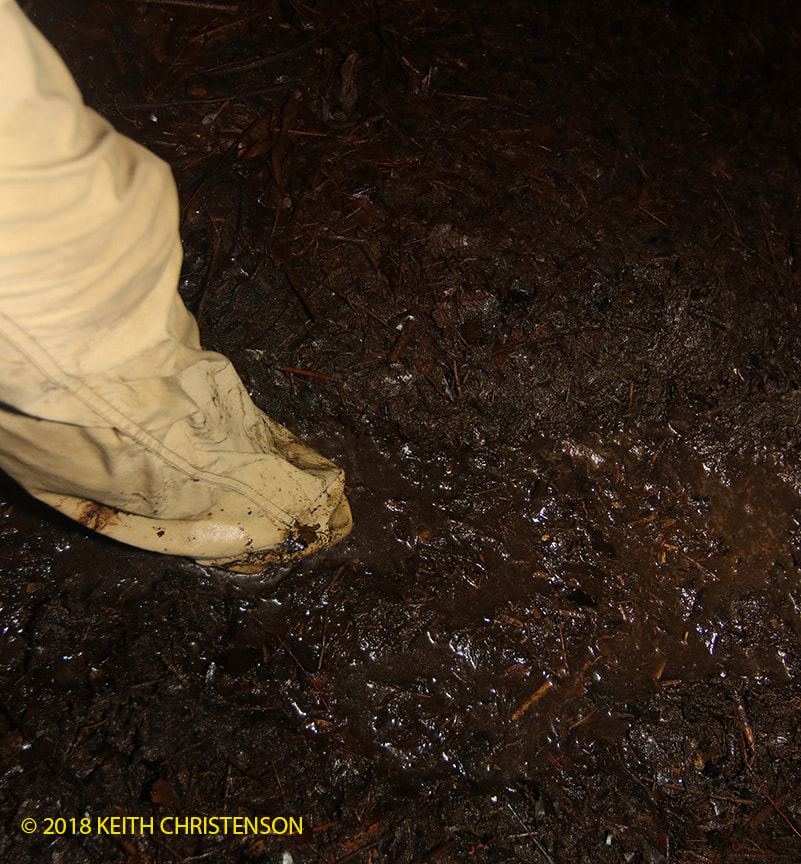
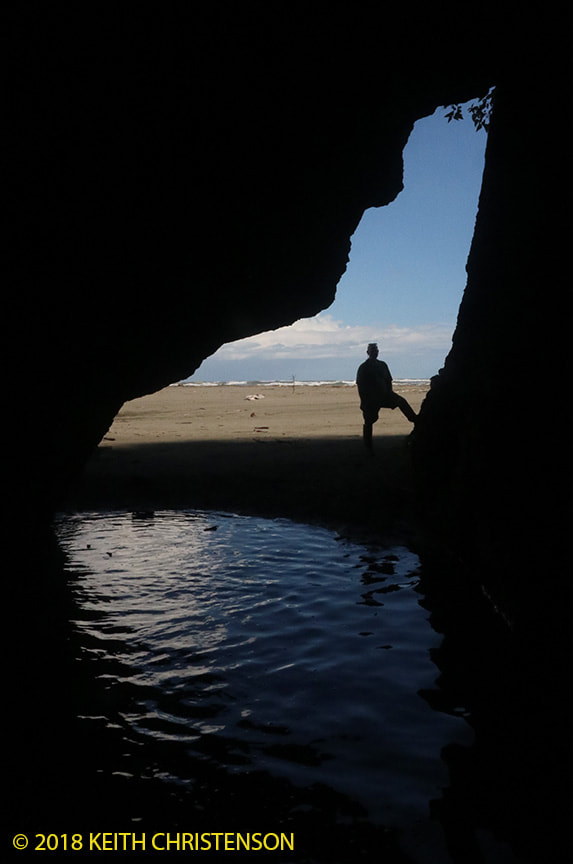
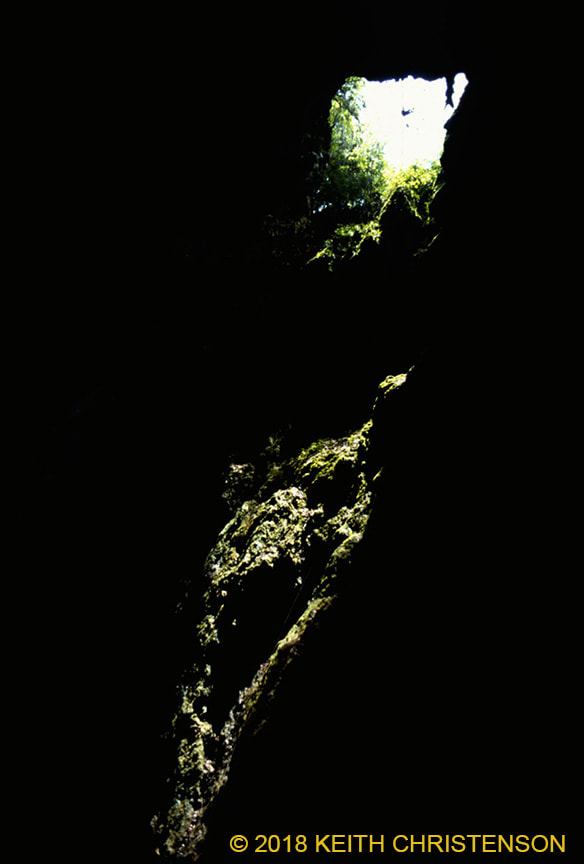
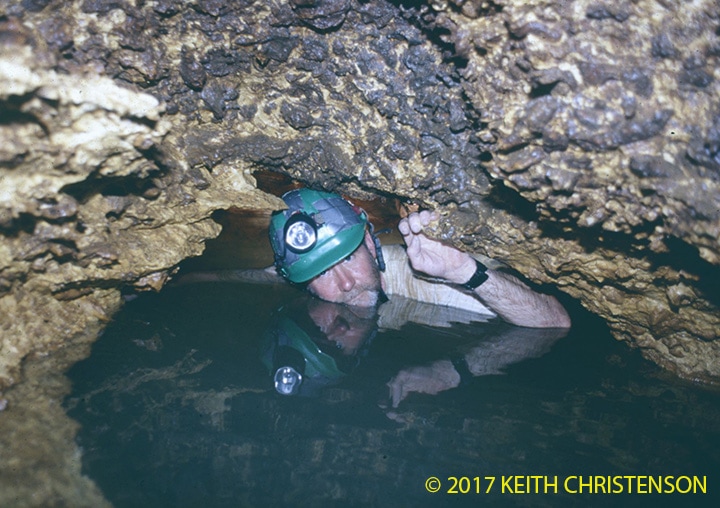
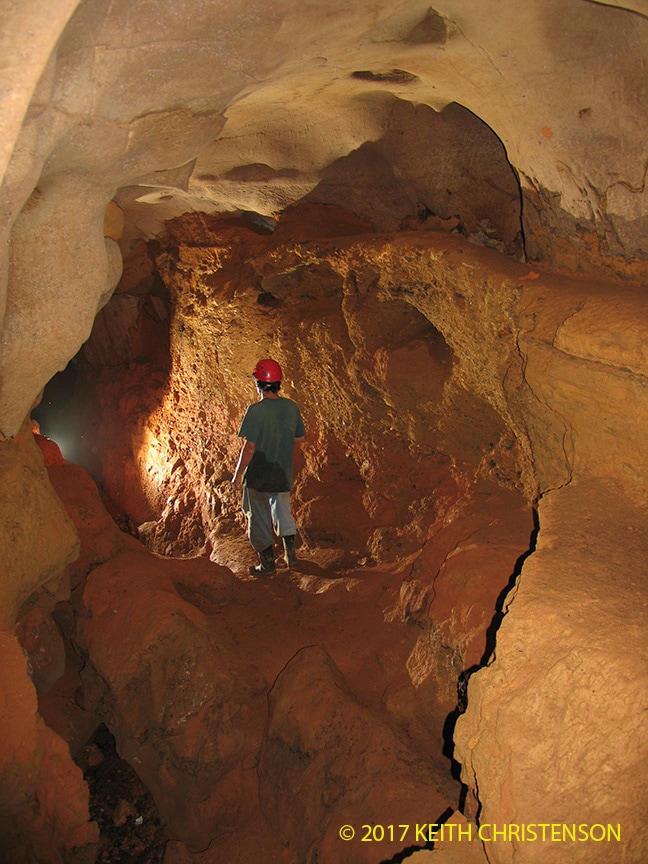

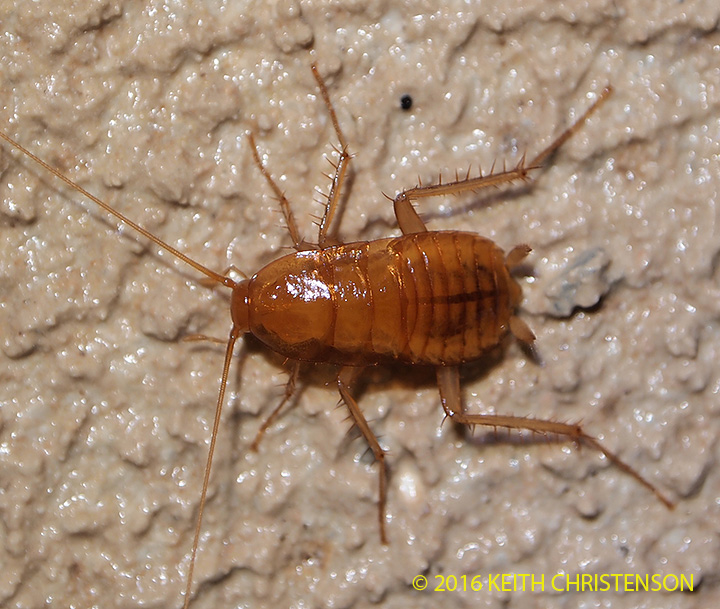
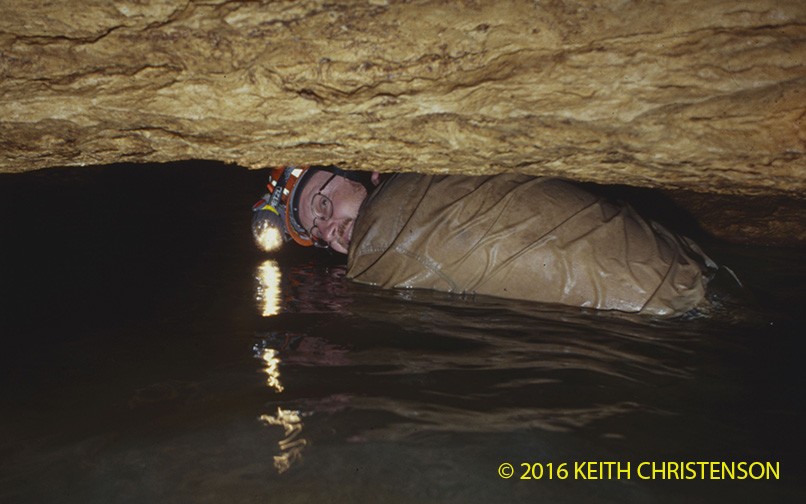
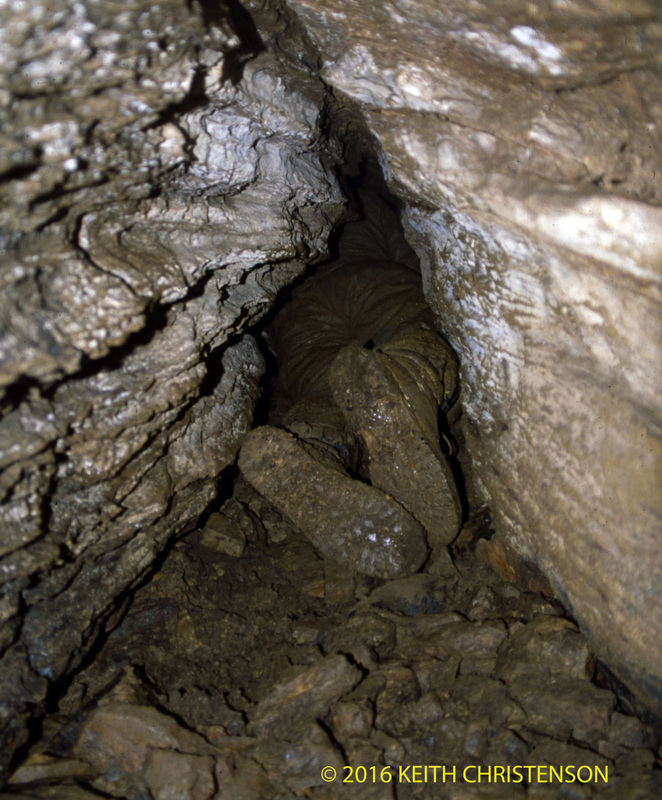
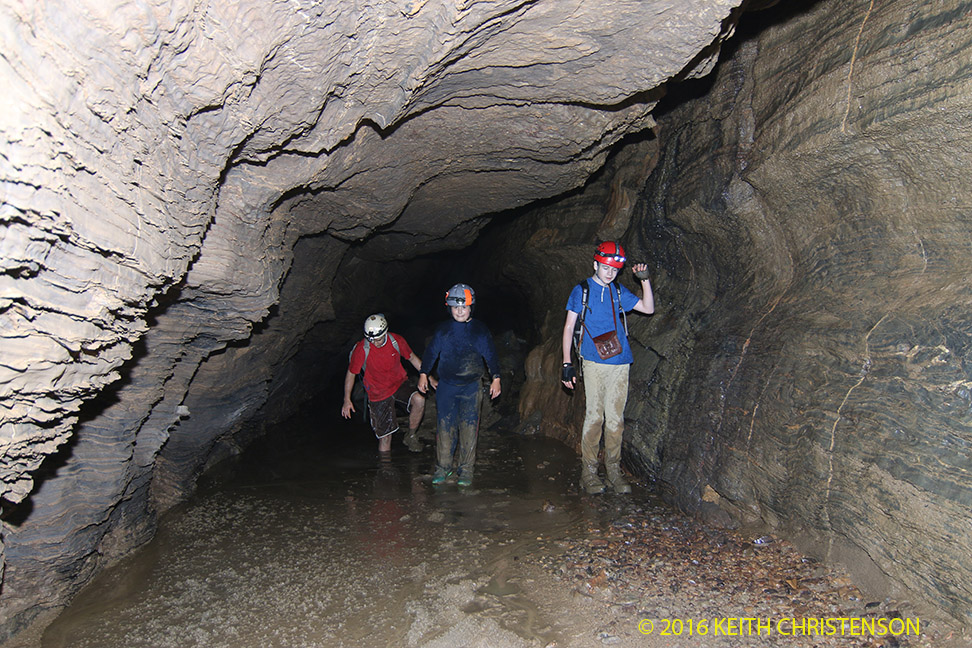
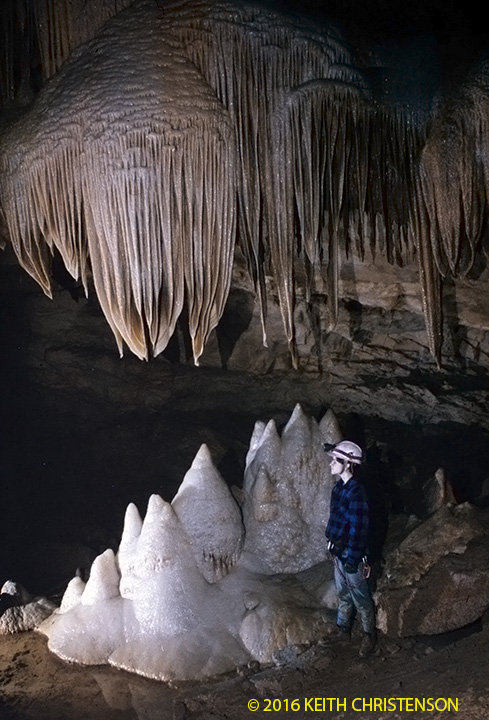
 RSS Feed
RSS Feed